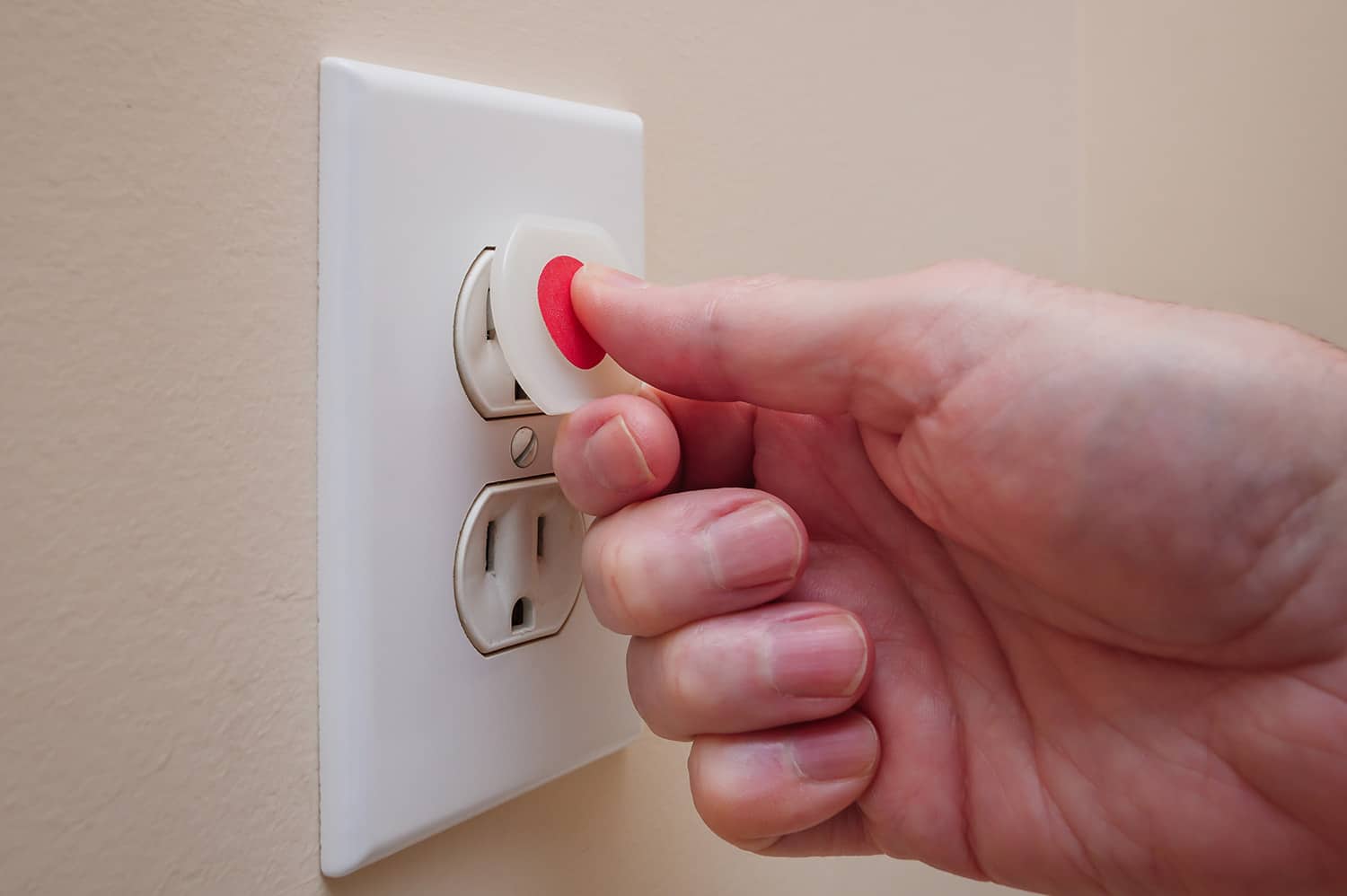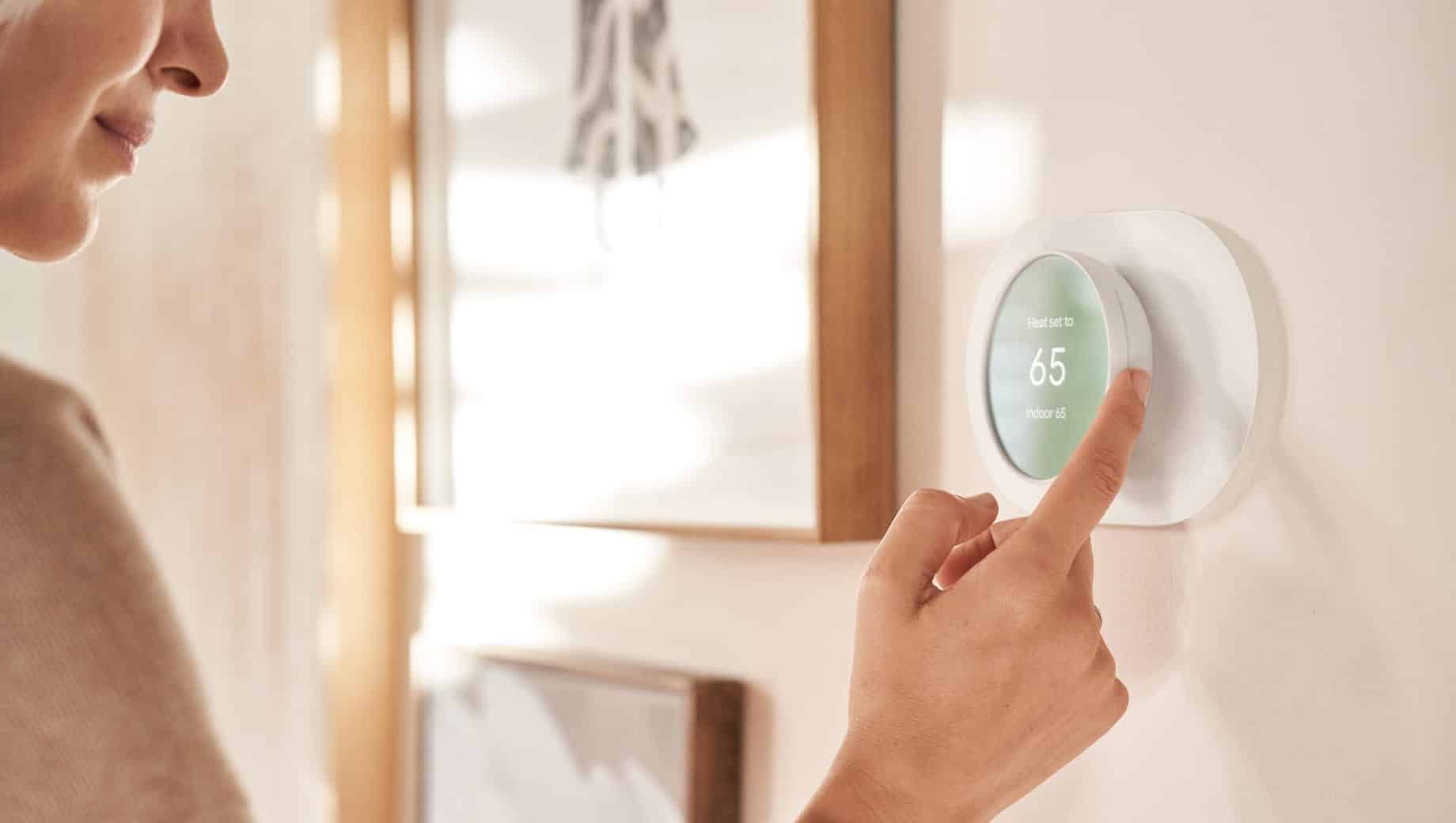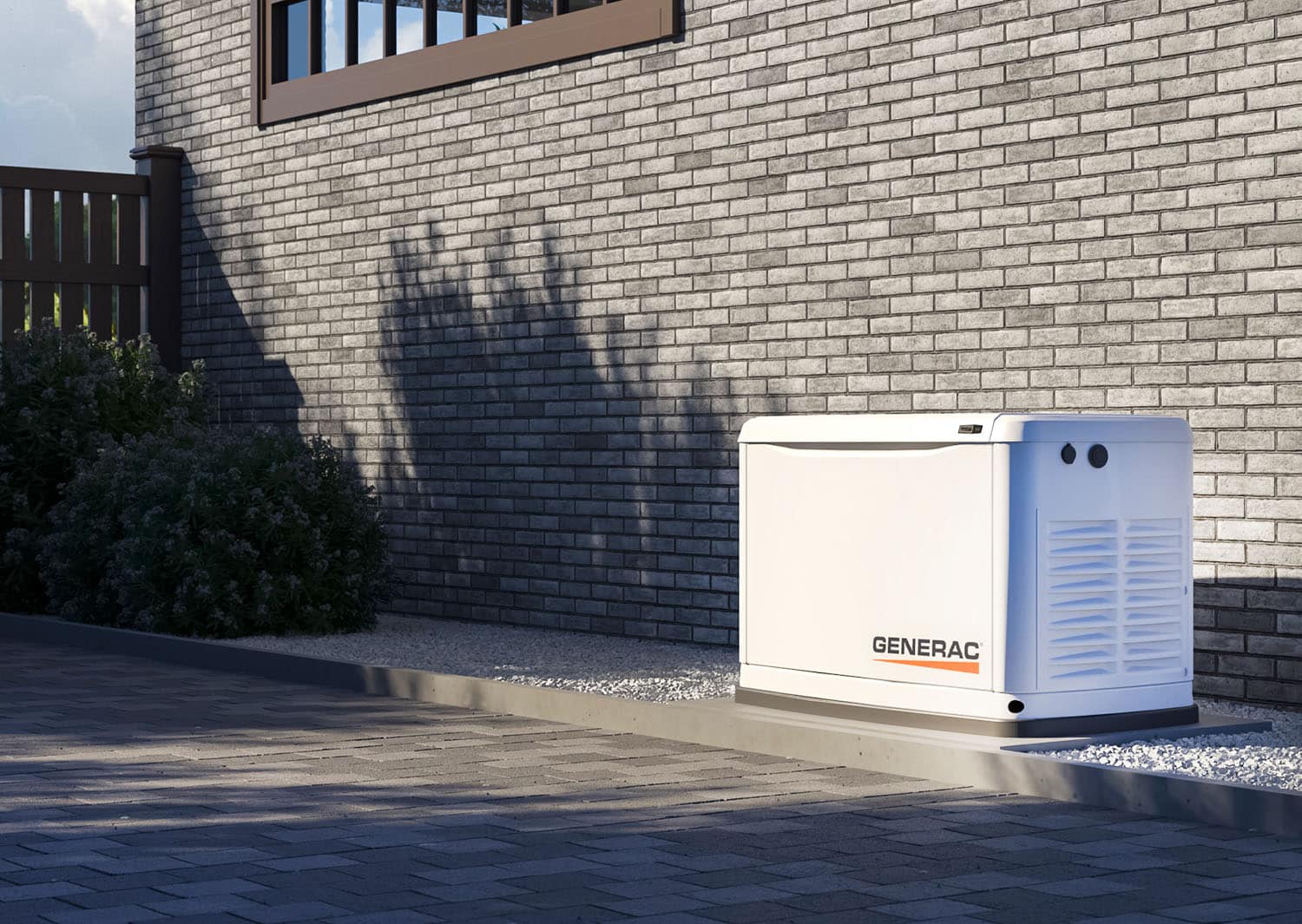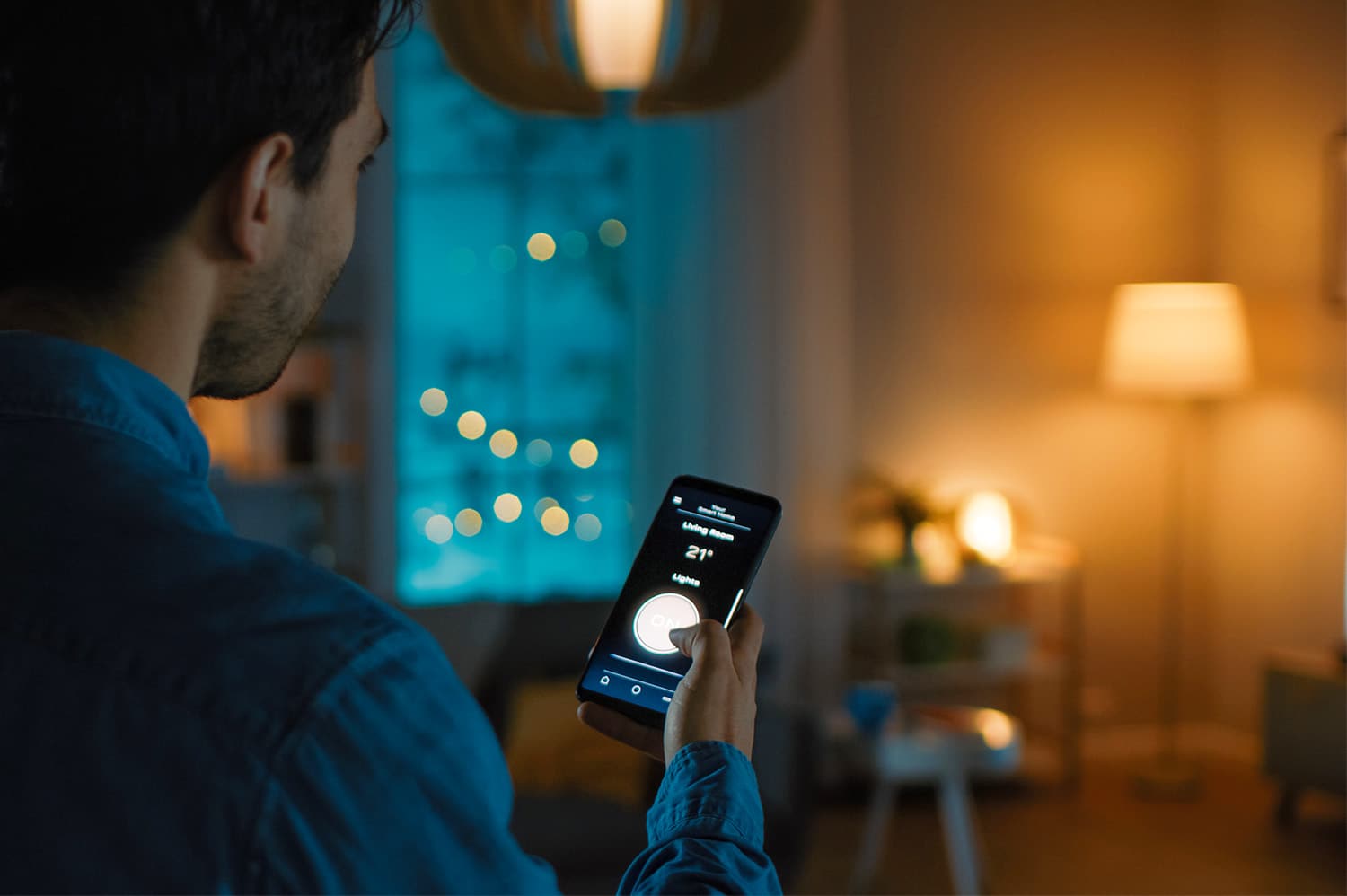
5 Key Ways to Babyproof Your Home’s Electrical System
Covered In This Article:
Got a baby that’s becoming mobile? This exciting time comes with a set of new responsibilities: babyproofing your home. When you’re taking on this task, don’t forget about your electrical system! Here are a few ways to babyproof your home’s electrical system to protect your child.
Cover Electrical Outlets
It can be a parent’s worst nightmare: their curious child finds an outlet and gets shocked. According to the National Fire Prevention Association (NFPA), approximately 2,400 children suffer electrical shock or burns each year due to sticking items into the slots of an electrical outlet. That makes babyproofing your electrical outlets essential. Here are a few options to consider:
- Outlet covers. This is a cheap and easy option to keep your child out of electrical outlets. Outlet covers are small pieces of plastic with two prongs that slide into the electrical outlet. Outlet covers are easy for adults to install and remove, but babies and young children don’t have the dexterity to get beneath them.
- Sliding plate covers. Another option is to keep electrical outlets covered with horizontal sliding plate covers. These covers keep the slots covered until ready to use. To use, just slide the cover to reveal the slots, and plug in your device. This is something you can easily install yourself, but keep in mind this outlet cover is best for outlets that aren’t in constant use.
- Tamper-Resistant (TR) Receptacles. The safest option is to install Tamper-Resistant (TR) Receptacles. If you have a new home (built in 2008 or later), you may already have some in your home. TR Receptacles have spring-loaded shutters that close off the slots of electrical outlets. The shutters open when both springs are compressed simultaneously. So a child inserting an object into only one slot will be kept safe. If your home doesn’t have TR Receptacles, contact a licensed electrician to install them for you.
Check Your Cords
Being sure that your in-use cords are protected is just as important as keeping outlets covered. So go around and check your cords for any hazards.
For cords in constant use, placing a piece of furniture to block access to it will keep little hands from playing and tugging. If that’s not possible, you can use a plastic box-like cover to allow the outlet to remain in use but prevent your child from unplugging cords and tampering with the outlet. If you have long cords in your home, not only are they a temptation for your child to pull or chew on, but they can also pose a strangulation hazard. Use cord shorteners to shorten the amount of exposed cord.
Be sure to inspect your cords too. The insulation around cords is there to protect from shocks or burns, but will eventually fray. To avoid any injuries to your child (and you), replace the cords that are showing signs of wear and tear.
Cover Power Strips
Like outlets, power strips are another way for children to unintentionally shock themselves. But for high-tech households, these items are necessary to have on hand.
To keep your child safe, avoid using any power strips in children’s bedrooms, and for ones that are visible and accessible, put a cover on them. Covers go around the power strip to protect fingers or other items being put into the slots. They are inexpensive and easily found online.
Install GFCI Outlets
If your home’s electrical system doesn’t have GFCI outlets already, it’s time to install some. Not only are they vital for babyproofing, but they’re vital for keeping you safe as well.
Install a ground fault circuit interrupter (GFCI) anywhere the outlet is in danger of coming in contact with water. These circuit interrupters will shut down power to an outlet if it detects a leak in the electrical current. For example, if the current comes into contact with water, it will shut off rather than try to move through the person that splashed it to the ground.
Replace or Repair Damaged Electrical Items
Damaged electrical cords and devices provide direct access to live electricity when plugged in. All an unsuspecting child has to do is get too close to get a potentially fatal shock.
As we mentioned previously, if you notice cords are damaged, throw them out and replace them with new ones. The same goes for plugs. If you notice a damaged plug on an item, the easiest route would be to replace the damaged item, but you can also try swapping the damaged plug out. If you notice your outlets are broken, call in an electrician to take a look. They will decide if repairing or replacing is the best way to go.
Speck Family Electric is Here to Keep Your Family Safe
Taking these steps to babyproof your electrical system will ensure your little one is kept safe even when you don’t have eyes on them. If you need GFCI outlets installed or have an outlet you need repaired, Speck Family Electric is here to help.
Share this article
Follow us
Latest articles
February 10, 2025
March 4, 2024





